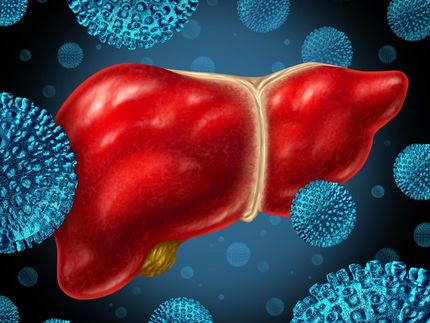VASTox selects preclinical candidate in Duchenne Muscular Dystrophy programme
Advertisement
VASTox plc announced that it has selected a candidate to enter into preclinical development in the Company's Duchenne muscular dystrophy ("DMD") drug discovery programme. VASTox has a unique therapeutic approach that targets the underlying cause of this disease. Owing to a genetic defect, DMD patients lack an important protein called dystrophin, which results in severe muscle wasting and is ultimately fatal for patients. VASTox is developing a small molecule treatment that replaces the missing dystrophin by increasing levels of a functionally similar protein called utrophin.
A significant benefit of VASTox's approach of 'up-regulating' utrophin is that it should be effective in treating all DMD patients and, importantly, the Company expects any drug it develops to be complementary with current palliative treatments and the variety of other scientific approaches currently aimed at discovering effective DMD therapies.
VASTox's preclinical candidate, called VOX C1100, was selected from a series of promising compounds after it significantly reduced levels of muscle degeneration during in vivo studies. Other key secondary symptoms of DMD relating to the chronic inflammation and fibrosis of muscles also showed significant improvement in the same investigations. Higher levels of utrophin were identified in treated muscles with these data providing validation of VASTox's unique approach for developing a treatment for DMD.
According to the company, the novel candidate, VOX C1100, has advantageous chemical and pharmaceutical properties suitable for a small molecule oral drug. Furthermore, it has successfully completed preliminary safety and toxicity testing after being screened through VASTox's zebrafish chemical genomics platform. VASTox expects to submit an Investigational New Drug ("IND") filing for VOX C1100 by mid 2008 with the compound entering first-in-man Phase I clinical trials during the second half of 2008.
Most read news
Other news from the department research and development

Get the life science industry in your inbox
By submitting this form you agree that LUMITOS AG will send you the newsletter(s) selected above by email. Your data will not be passed on to third parties. Your data will be stored and processed in accordance with our data protection regulations. LUMITOS may contact you by email for the purpose of advertising or market and opinion surveys. You can revoke your consent at any time without giving reasons to LUMITOS AG, Ernst-Augustin-Str. 2, 12489 Berlin, Germany or by e-mail at revoke@lumitos.com with effect for the future. In addition, each email contains a link to unsubscribe from the corresponding newsletter.


























































